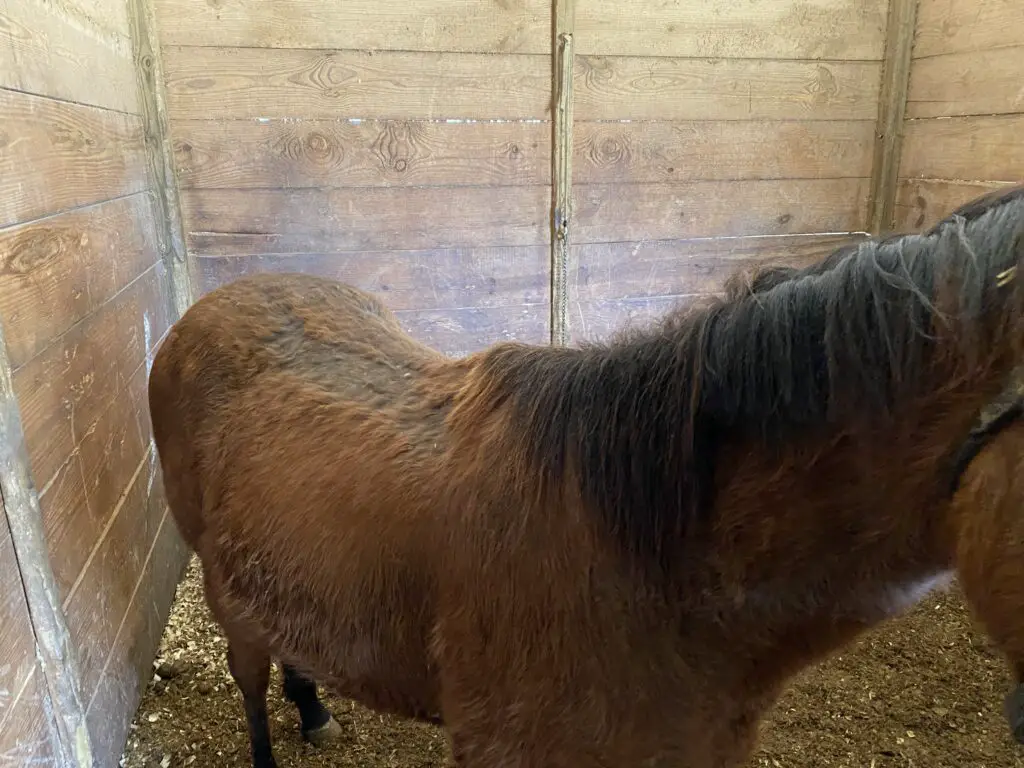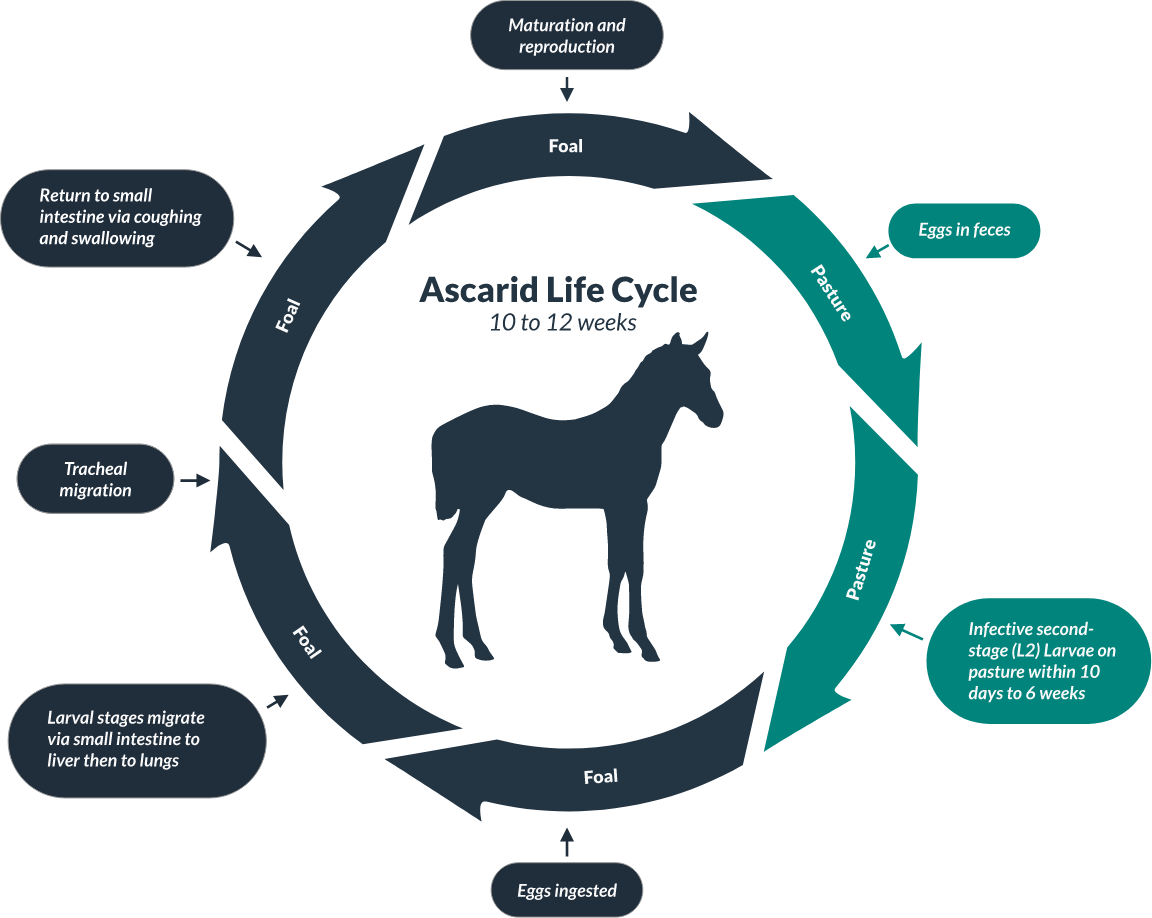As the days start to get longer and the temperatures begin to rise, horse owners start to notice a change in their horses’ coats. The shedding of the winter coat is a natural process that horses go through as they prepare for the warmer months ahead. Understanding when and why horses shed their winter coat is important for proper horse care and management.
Understanding the Winter Coat

Horses, like many other mammals, grow a thicker coat of hair in the winter to provide insulation and protection from the cold weather. This winter coat, also known as the “long coat,” consists of longer, thicker hairs that help to keep the horse warm during the winter months. The winter coat serves as a natural barrier against the elements, providing horses with the necessary warmth to survive in colder climates.
Types of Winter Coats
There are different types of winter coats that horses may develop based on their breed, age, and environmental conditions. Some horses may grow a heavier, denser coat, while others may have a lighter, more moderate coat. Additionally, factors such as nutrition, health, and overall well-being can also influence the quality and thickness of a horse’s winter coat.
Factors Influencing Shedding
The shedding of a horse’s winter coat is influenced by several factors, including genetics, daylight length, temperature, and hormonal changes. As the days begin to lengthen and the temperatures start to rise, horses receive signals from their body to start shedding their winter coat in preparation for the warmer season. This shedding process is a natural response to the changing environmental conditions and is essential for the horse’s comfort and well-being.
Signs of Shedding

One of the first signs that a horse is shedding its winter coat is the appearance of loose, coarse hairs on the horse’s body. These hairs are often seen on the neck, shoulders, and hindquarters, and the shedding process typically starts in these areas before spreading to the rest of the body. Additionally, horses may display increased itching and rubbing against objects as they try to alleviate the discomfort caused by the shedding process.
Duration of Shedding
The duration of shedding can vary from horse to horse and is influenced by individual factors such as breed, age, and health. Generally, shedding can begin as early as late winter or early spring, with the process continuing over several weeks. Some horses may shed their winter coat relatively quickly, while others may take longer to complete the shedding process. Proper grooming and management practices can help facilitate the shedding process and ensure that the horse’s coat transitions smoothly into the warmer months.
Facilitating the Shedding Process

Horse owners can take several steps to help facilitate the shedding process and support their horses during this transitional period. Regular grooming, including brushing and bathing, can help remove loose hairs and stimulate the shedding process. Additionally, providing a balanced diet rich in essential nutrients and ensuring proper hydration can contribute to healthy coat growth and shedding. Adequate turnout time, exposure to natural sunlight, and regular exercise can also promote the shedding process by supporting the horse’s overall health and well-being.
Implications for Blanketing
As horses shed their winter coat, horse owners may need to adjust their blanketing practices to accommodate the changing coat condition. Blanketing a horse with a thick winter coat during warmer weather can cause overheating and discomfort. Monitoring the shedding progress and adjusting blanketing accordingly is essential to ensure the horse’s comfort and prevent unnecessary stress on the body. Properly fitting blankets and sheets that allow for breathability and temperature regulation can help support the horse’s natural shedding process while providing protection as needed.
Special Considerations for Older Horses
Older horses may experience changes in their coat quality and shedding patterns due to age-related factors and health conditions. Senior horses may have a harder time shedding their winter coat, and their coat may not grow back as efficiently as it did when they were younger. Additionally, older horses may require extra support in the form of nutritional supplements, regular grooming, and veterinary care to help maintain a healthy coat and facilitate the shedding process. Understanding the unique needs of older horses and providing tailored care is crucial for ensuring their comfort and well-being during the shedding season.
Health and Shedding
The shedding of a horse’s winter coat is not only a natural process but also an indicator of the horse’s overall health and well-being. A healthy horse with a balanced diet, proper hydration, and regular exercise is more likely to shed its winter coat in a timely manner and grow a healthy, shiny summer coat. Conversely, horses with underlying health issues or nutritional deficiencies may experience delays or abnormalities in the shedding process, highlighting the importance of proactive healthcare and management practices.
Curious about horse care and history? Explore our articles on why horses wear coats in summer, hoof trimming pain in horses, and history of horse riding for a deeper insight into the fascinating world of equine welfare and equestrian traditions!
Conclusion
The shedding of the winter coat is a significant milestone in the transition from winter to spring for horses. Understanding the factors influencing shedding, recognizing the signs of shedding, and implementing proper care and management practices are essential for supporting horses through this natural process. By facilitating the shedding process, horse owners can help their horses transition comfortably into the warmer months and maintain optimal coat health and overall well-being.



